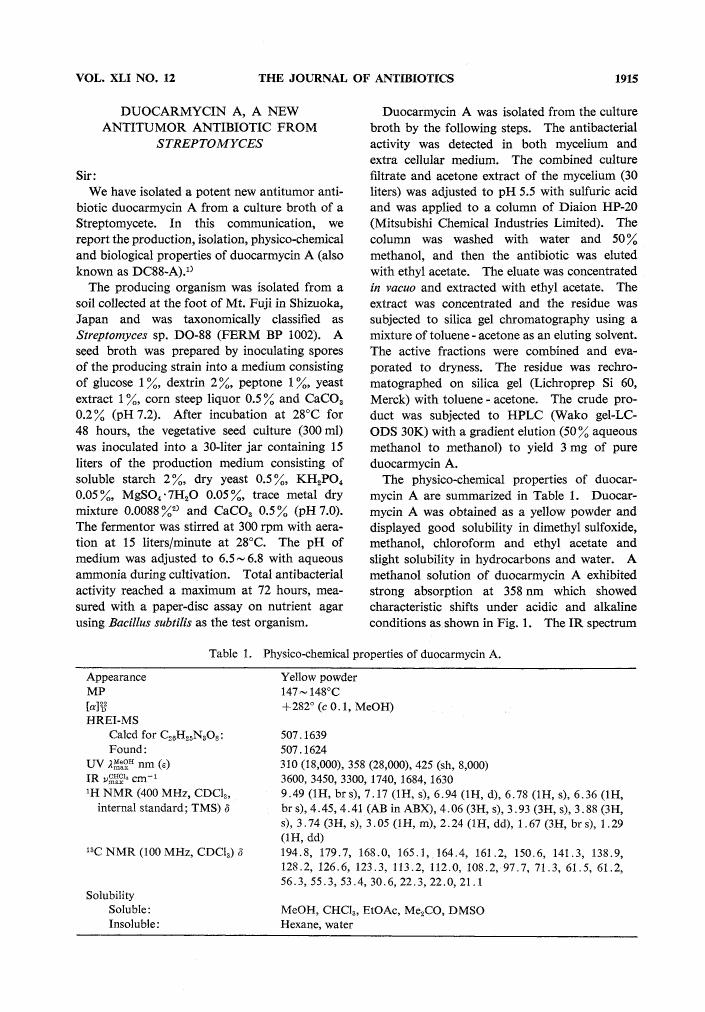- 著者
- Ayumi ABE Kozo ASANO Teruo SONE
- 出版者
- Japan Society for Bioscience, Biotechnology, and Agrochemistry
- 雑誌
- Bioscience, Biotechnology, and Biochemistry (ISSN:09168451)
- 巻号頁・発行日
- vol.74, no.7, pp.1325-1331, 2010-07-23 (Released:2010-07-23)
- 参考文献数
- 21
- 被引用文献数
- 46
In order to establish the molecular taxonomy of the genus Rhizopus, all described species of the genus were collected and the nucleotide sequences of the internal transcribed spacer of the rRNA gene (rDNA ITS), actin, and translation elongation factor 1α (EF-1α) were determined. Quantitative real-time PCR revealed that R. americanus had a R. stolonifer-type ITS sequence as the dominant sequence type, although it had three different types of ITS sequences in a single genome. Phylogenetic analysis and gene genealogy concordance phylogenetic species recognition (GCPSR) identified eight species in the genus, whereas recent morphological taxonomy includes 10 species. R. niveus is proposed to be re-classified as R. delemar, and R. sexualis and R. americanus are re-classified as R. stolonifer.
- 著者
- ISAMI TAKAHASHI KEI-ICHI TAKAHASHI MICHIO ICHIMURA MAKOTO MORIMOTO Kozo ASANO ISAO KAWAMOTO FUSAO TOMITA HIROFUMI NAKANO
- 出版者
- JAPAN ANTIBIOTICS RESEARCH ASSOCIATION
- 雑誌
- The Journal of Antibiotics (ISSN:00218820)
- 巻号頁・発行日
- vol.41, no.12, pp.1915-1917, 1988-12-25 (Released:2006-04-19)
- 参考文献数
- 6
- 被引用文献数
- 103 159
- 著者
- Indun Dewi Puspita Yoichi Kamagata Michiko Tanaka Kozo Asano Cindy H. Nakatsu
- 出版者
- 日本微生物生態学会 / 日本土壌微生物学会 / Taiwan Society of Microbial Ecology / 植物微生物研究会
- 雑誌
- Microbes and Environments (ISSN:13426311)
- 巻号頁・発行日
- vol.27, no.4, pp.356-366, 2012 (Released:2012-12-07)
- 参考文献数
- 144
- 被引用文献数
- 29 106
Many strategies have been used to increase the number of bacterial cells that can be grown from environmental samples but cultivation efficiency remains a challenge for microbial ecologists. The difficulty of cultivating a fraction of bacteria in environmental samples can be classified into two non-exclusive categories. Bacterial taxa with no cultivated representatives for which appropriate laboratory conditions necessary for growth are yet to be identified. The other class is cells in a non-dividing state (also known as dormant or viable but not culturable cells) that require the removal or addition of certain factors to re-initiate growth. A number of strategies, from simple to high throughput techniques, are reviewed that have been used to increase the cultivation efficiency of environmental samples. Some of the underlying mechanisms that contribute to the success of these cultivation strategies are described. Overall this review emphasizes the need of researchers to first understand the factors that are hindering cultivation to identify the best strategies to improve cultivation efficiency.
